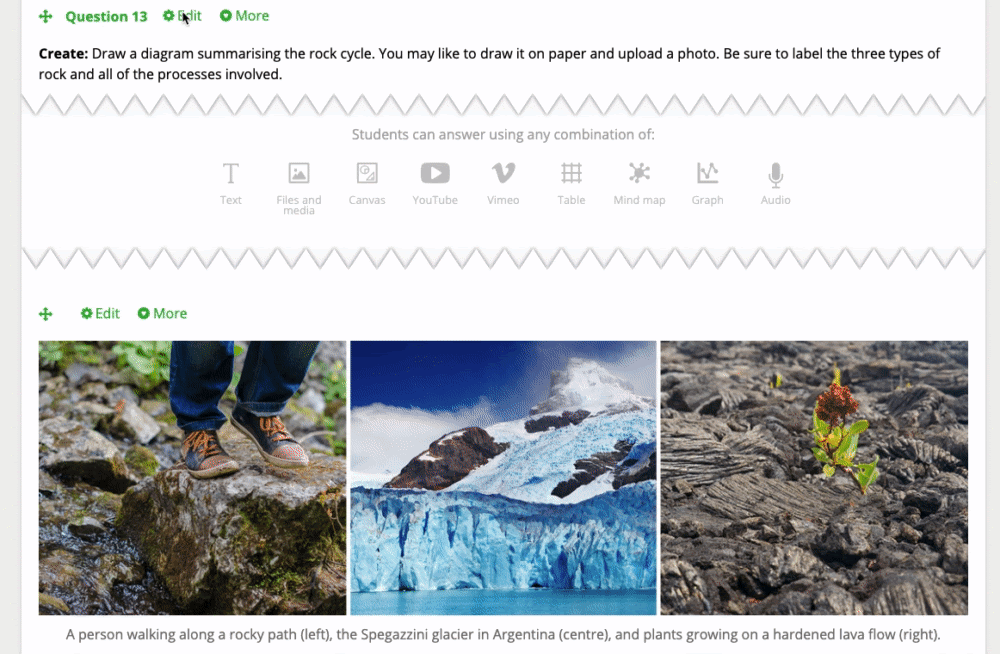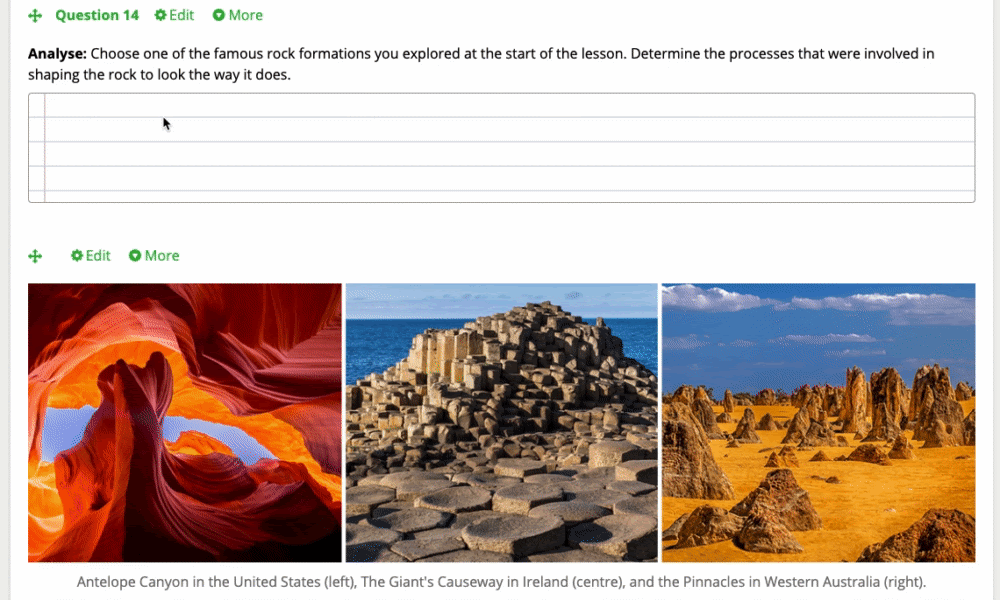Making feedback more effective through key and challenge questions

Specific, timely and effective feedback is considered to have one of the “most positive influences on student achievement”. Indeed it is the most effective approach documented by Evidence for Learning, and considered one of the Victorian Government’s ten High Impact Teaching Strategies.
Providing effective feedback can be challenging and time-consuming. Stile makes it easier for you in a number of ways:
- Incorporating features in “Teach” mode, such as “show student responses” and “show model answer”, so you can discuss student responses, address any misconceptions and build on students’ current understandings in real-time.
- Providing comprehensive model answers to help you formulate feedback.
- Marking multiple-choice and interactive canvas questions automatically.
We’ve also introduced a new feature in Stile that makes it easier to identify which questions you should review. All lessons in the Stile Library have been updated to include key questions.
By identifying key questions, we believe you’ll spend more time providing feedback on just a few critical questions, thereby enhancing the overall quality, timeliness and effectiveness of your feedback.
What are key questions?
Key questions, also known as success criteria, are questions that demonstrate whether or not students have met one or more of the learning goals (also known as learning intentions) for the lesson. While other (non-key) questions in a lesson will also be related to the lesson’s learning goals, they’re there to either scaffold students up to the required standard (i.e. lead up to a key question) or to provide an opportunity to practise skills and achieve mastery.
We’ve highlighted one to three key questions in each lesson across our Years 7–10 collection. By only reviewing student responses to these key questions, you can more rapidly ascertain if the appropriate standard has been met. This doesn’t prevent you from providing feedback on non-key questions, but we’d suggest that this is less necessary: only do it if you really have time.
As well as including key questions in every lesson, we have also made it possible for you to choose to label your own key questions in any lesson.

Challenge questions
We’ve also created challenge questions. Challenge questions are more difficult than key questions and allow for differentiation within the lesson. We have included challenge questions at a suitable cognitive level where appropriate. You can also choose to label questions as challenge questions yourself.
Challenge questions are meant to signal to students that they’re above the level required to meet the learning goal. They’re a great formative assessment opportunity for students and provide you with information on the cognitive level of your students in that concept area. Unlike key questions, you don’t have to leave feedback on key questions but you can still choose to do so.

Check out the video below where Marta, our Head of Content, goes into more detail about key and challenge questions!
We hope these key and challenge questions will help you more effectively provide your students with timely, high quality feedback!
Reference
Hattie, J. & Clarke, S. (2019). Visible Learning: Feedback. Routledge.

